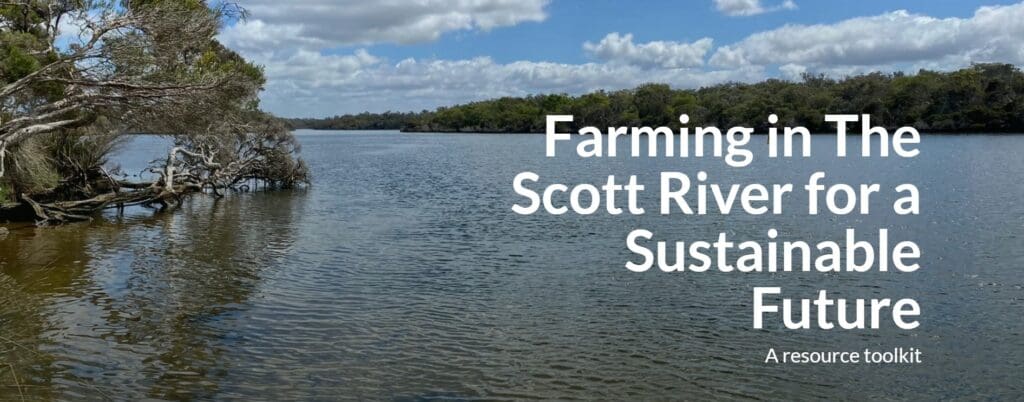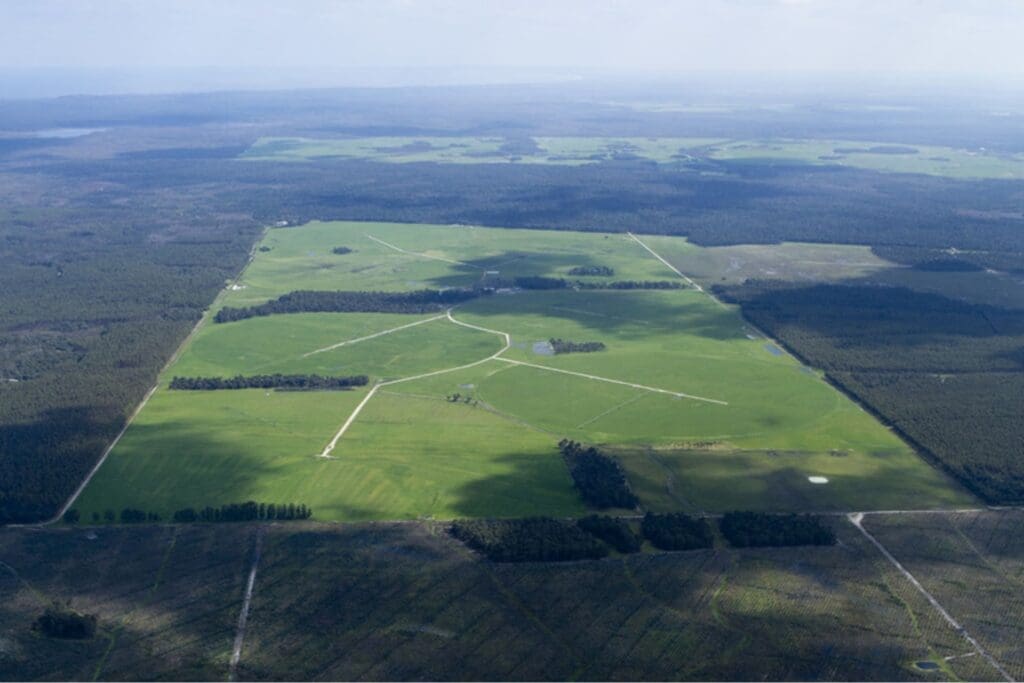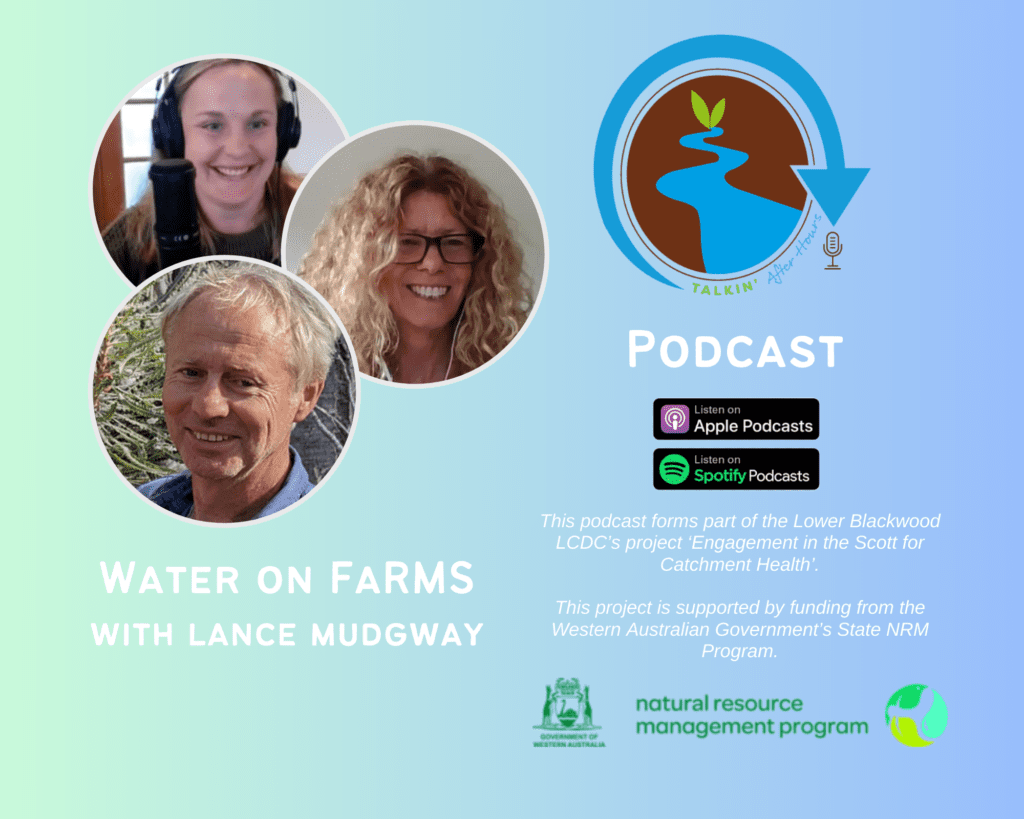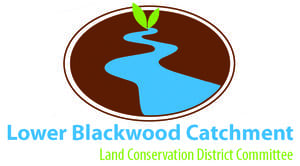This project builds upon an ongoing effort by the Lower Blackwood LCDC to work collaboratively with Scott River farmers, with a focus on high priority sub-catchments, to optimise nutrient use efficiency and increase the uptake of sustainable agricultural practices. We aim to continue to fill knowledge gaps about the Scott River Catchment and to provide ways for the Scott River landowners to come together to boost ownerships of their farm and the Catchment and ultimately enable change in catchment and stream management.

Over the past 20 years there has been a lot of work done to understand and improve the health of the Catchment particularly to reduce the amount of P that runs into the Hardy Inlet. Detailed studies have produced information on nutrient runoff, land-use impact on nutrient loads and condition of waterways. A lot of effort has also been put into delivering on ground projects in priority areas such as fencing and revegetation works and soil trials. One on one discussions and site visits have been carried out with almost all the landowners in the Catchment, however, there is still a lot of work to do. Whilst acknowledging that water quality values may take a while to improve, the overall nutrient concentration values at the beginning of the catchment are still too high.
Below is a resource toolkit that outlines the Scott River, why it is important, how it is currently at risk, what some solutions to these risks are, and how the Lower Blackwood LCDC can help you carry out these solutions:

Our Scott River Engagement Project will focus on:
- Surface water modelling to improve the understanding of surface water and ground water dynamics and their interactions including changes brought by rainfall decline. This exercise will include mapping of drainage systems.
- A bus tour in the Scott (or a boat tour on the Hardy Inlet) inviting all Scott River landowners. A day where landowners can learn from traditional custodians their stories & knowledge of the land, and about new projects being carried out in the Catchment. A positive, fun day with no pressure and no commitment.
- A workshop facilitated by an expert where Scott River landowners are invited to share ideas as to how to refine and implement the Scott River Action Plan recommendations/actions. The workshop will use state of the art techniques to encourage participants to think about landscape-scale conservation and regenerative agriculture.

Our project aims include:
- Agricultural landscapes will be maintained or improved by driving sustainable and/or regenerative agricultural practices.
- Water assets will be maintained, improved, and protected through activities that support ecosystem health, water availability, biodiversity, and spiritual and cultural values for Aboriginal people
- Western Australia’s rich, diverse, and unique biodiversity and its economic, cultural, scientific, educational, and recreational values will be maintained, improved, and protected.
- The capacity, knowledge, skills, engagement, and participation of stakeholders including volunteers, community groups, Aboriginal people, and the broader community will be maintained or improved. Values, beliefs, and behaviours of stakeholders will be respected
Digital Resources developed throughout the project can be viewed below:

This project is supported through funding from the State Natural Resource Management (NRM) Program.

